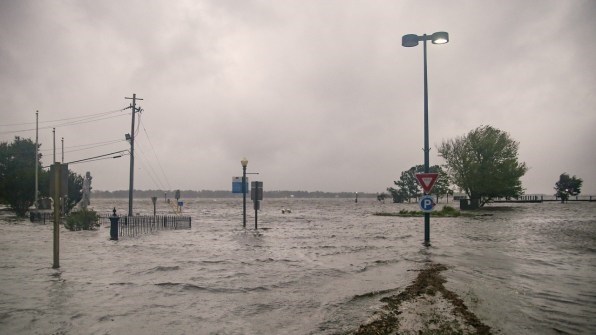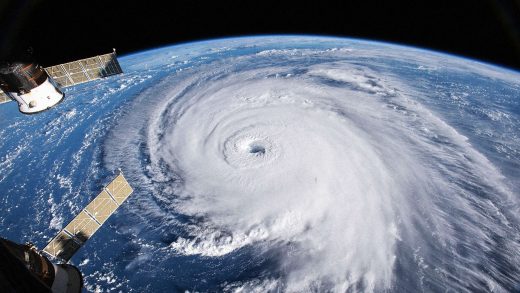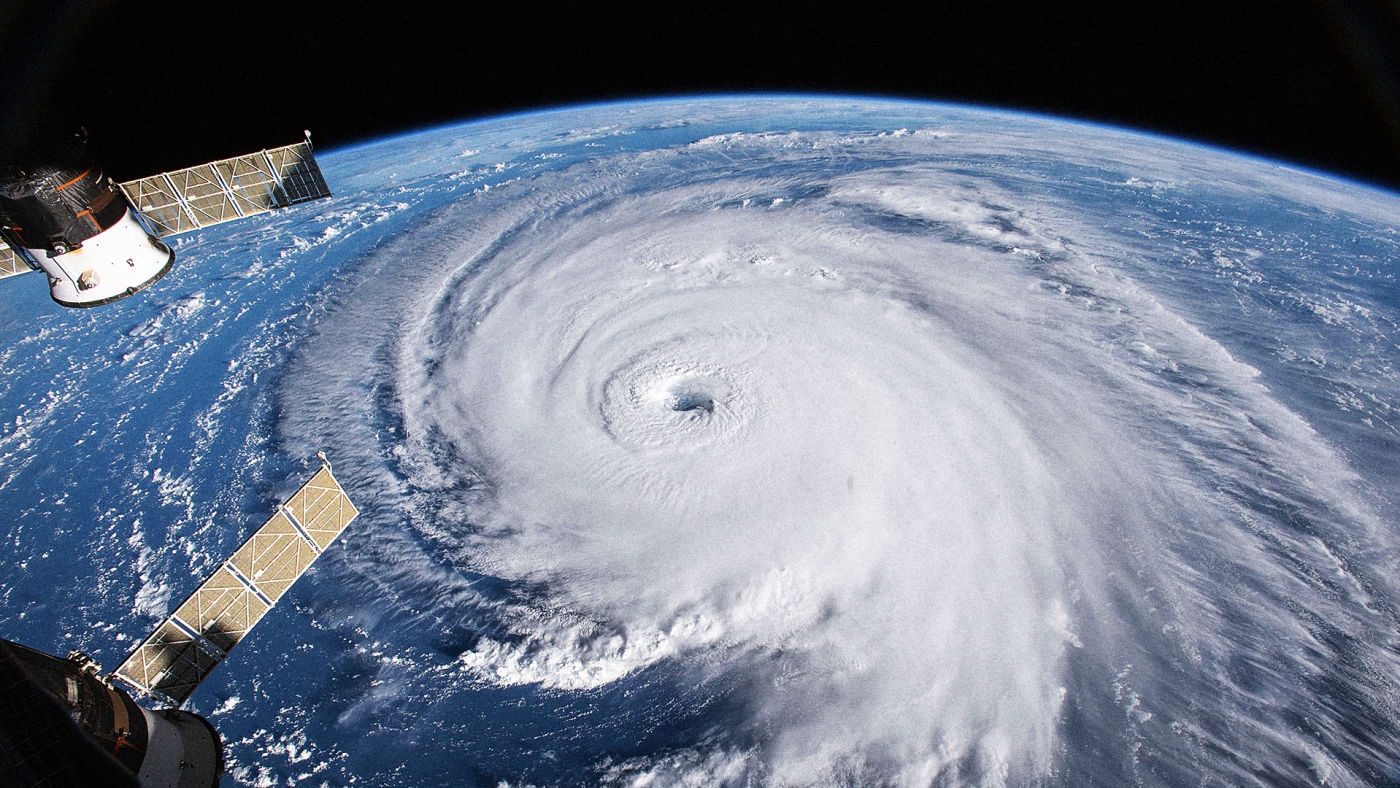Here’s how much worse climate change is making Florence
As Hurricane Florence dumps rain on the Carolinas–perhaps as much as 30 or 40 inches in some areas, causing dangerous flooding–it’s raining more because of climate change. A new study estimates that the forecasted rainfall along the coast is 50% more intense than it would have been without greenhouse gas emissions from humans.
The study is preliminary, and is also the first of its kind. For the last few years, researchers have carefully studied some significant disasters, from record heat and drought to record flooding, to determine how much climate change made them worse. But those studies have happened after each event. This is the first attempt to do it before a storm hits.
“Climate change is often viewed as a distant threat, far off in the future,” says Kevin Reed, a professor of marine and atmospheric sciences at Stony Brook University and one of the authors of the study. “We did this during the event, as it was unfolding, to actually help communicate the reality that climate change is here and it’s a real risk to the public now.”

On Sunday night, as the storm approached, Reed and a team of colleagues began the analysis. The researchers ran a forecast based on atmospheric conditions and sea surface temperatures from NOAA. Then they ran a modified forecast to remove the changes in temperature and moisture linked to global warming. They found that the forecasted rainfall amounts over the Carolinas were 50% greater because of climate change, and the size of the storm would be around 50 miles larger. After the storm, Reed and the other researchers plan to re-run the simulations and submit a study for peer review.
There are some challenges to doing an analysis early, says Sean Sublette, a meteorologist at Climate Central, an organization of experts that study climate change, including the impacts of climate change on individual weather events. “I think the big difference between trying to do this now, or doing this after the effect, is that you’re going to have a lot better data after the event is over and you have all the real-world data. We know this amount of rain fell here, this amount of rain fell here, whereas now it’s still largely being estimated.”
In similar studies after Hurricane Harvey, the increase in rainfall attributed to climate change was estimated to be between 18% and about 38%. But the general link is clear–climate change is making rain more intense. “It’s going to be a significant percentage higher,” says Sublette. “That’s just basic physics, which is well understood. You’ve got a warmer atmosphere, you’ve got warmer water. So there’s going to be more evaporation, which goes into more precipitation.” Some studies also suggest that climate change is making hurricanes move more slowly, so as more rain falls, it’s also falling longer in certain areas–and making flooding much worse.
(12)



